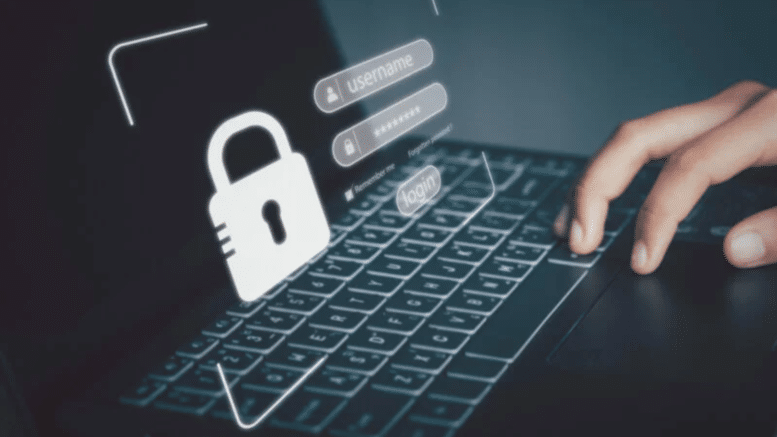Who is THEY? /Corey Lynn
Good summary of who runs the world with tons of links and references
https://www.coreysdigs.com/global/who-is-they/
Here is just a little bit of this report:

People want names, so let’s start here. This is a big part of the hierarchy, leaving some unknowns hidden behind the Bank for International Settlements (BIS). In Corey Lynn’s 3-part report on Laundering with Immunity, it explains in explicit detail as to how and when BIS came about and how BIS and 63 central banks devised a plan to hold immunities and privileges. Shortly thereafter, in 1945 the UN was manifested by some of the plotters for this grand takeover, and immunities and privileges came right along with it the following day. This was the beginning of the control framework and how they would be able to carry out their agendas while operating entirely outside the law. All arms of the UN have these immunities and can extend them to organizations working with them. Long before the UN being established, the Organization of American States (OAS) was created. They too were the first to receive immunities and privileges, alongside the UN, as they work in conjunction with one another. And, they too can extend these immunities to organizations they work with. In addition to the banks, the UN and OAS, the Global Fund, Gavi, and WEF were also given these immunities, and numerous other key international organizations as well. In total, there are 76 international organizations that hold these immunities and privileges, and that’s on top of BIS and the central banks.
Whereas the UN and OAS hold treaties with a slew of countries giving them ironclad layers of protections, the other international organizations hold immunities, privileges, and headquarters agreements independently with each country who opted to do so, and there are many! The U.S. set the stage for this, doling them out to 76 organizations throughout every presidency except for Trump and Biden.
Read Laundering with Immunity to grasp the full scope of what these immunities and privileges entail. For starters, all of their archives are inviolable, their property and assets are immune from search and seizure, they are exempt from every kind of tax regular people pay, including property taxes, officers and employees are exempt from legal suits, employees and their family members can travel the world without checks from customs, military and police are not allowed to enter their headquarters, and much more.
Once people understand that THIS is the control framework – the structure that was created nearly 80 years ago so that they can operate outside the law and never be held accountable, it’s easy to see how all of the other pieces fall into place.
Who is THEY? That alone is the key list of 76 organizations, BIS, and 63 central banks at the top of the pyramid, bearing in mind there are wealthy, strategic players behind this pyramid whose names we may never know. Those leading these organizations are the key names purposefully put in a position of power to carry out specific agendas. Those key players move around within that group of organizations and sometimes head up affiliated organizations in order to maintain their strategy. Some of those agendas come straight from the pyramid organizations, while others are contracted out to their affiliates at NGOs, corporations, universities, lawmakers, governments, 3-letter agencies, news media, and private equity firms. For example, CIA agents often move into news media positions, FDA directors often move over to big pharma, CDC directors move over to Rockefeller Foundation or Bill & Melinda Gates Foundation, and so on.
They keep their key players in positions they need them in at specific times and then move them around to other leadership positions when they need certain actions carried out. Jim Yong Kim is a prime example of this, from co-founding Partners in Health to advising the Director-General of the WHO and Director of HIV/AIDS department, then fulfilling outcomes required at Harvard in various positions, on to President of Dartmouth College then to President of the World Bank – coincidentally resigning early in 2019, and now a partner at Global Infrastructure Partners. Kim has been instrumental in nefarious actions in Haiti, the AIDS agenda, vaccines, Covid contact tracing, pressuring countries in order to receive funding from the World Bank, and the climate agenda, and each position was timed right. It is no coincidence that BlackRock is acquiring Global Infrastructure Partners in the 3rd quarter of 2024. You can read more about Jim Yong Kim’s connections and involvement in Corey Lynn’s reports here, here and here. They have done an incredible job trying to bury his childhood and family. CEO of BlackRock, Larry Fink, also went above and beyond to hide his family connections and childhood, with a father who would appear to be a ghost. It’s understandable to want to keep family from the public eye when in high profile positions, but there is far more than meets the eye with these cats.
There are countless smaller companies who have had good intentions to provide great products and services to people or the land, but as they began to grow and gain attention, these corrupt organizations stepped in trying to co-opt them and eventually acquiring them. Whole Foods being gobbled up by Amazon is a good example of this. These organizations, including so-called billionaire philanthropists, are behind every major industry and “reimagining” it to essentially cut out everyone else from financial prosperity so that everyone can fall prey to their planned enslavement system.
Ultimately, Congress needs to revoke these immunities and privileges. Any lawmaker saying that the U.S. needs to defund the WHO (part of the UN) or the UN itself, clearly isn’t aware of this control framework because if they were, they would know that defunding isn’t going to solve anything…
FROM: https://merylnass.substack.com/p/who-is-they-corey-lynn?publication_id=746368&post_id=146296117&isFreemail=true&r=19iztd&triedRedirect=true&utm_source=substack&utm_medium=email


